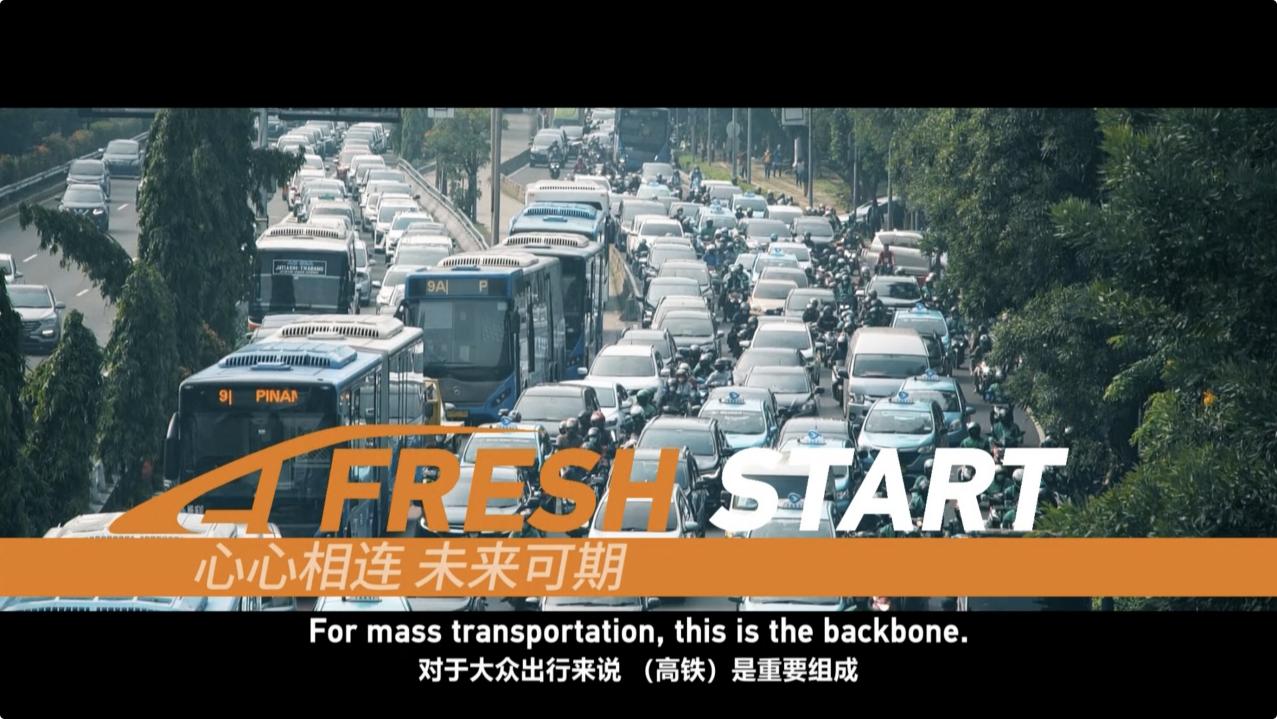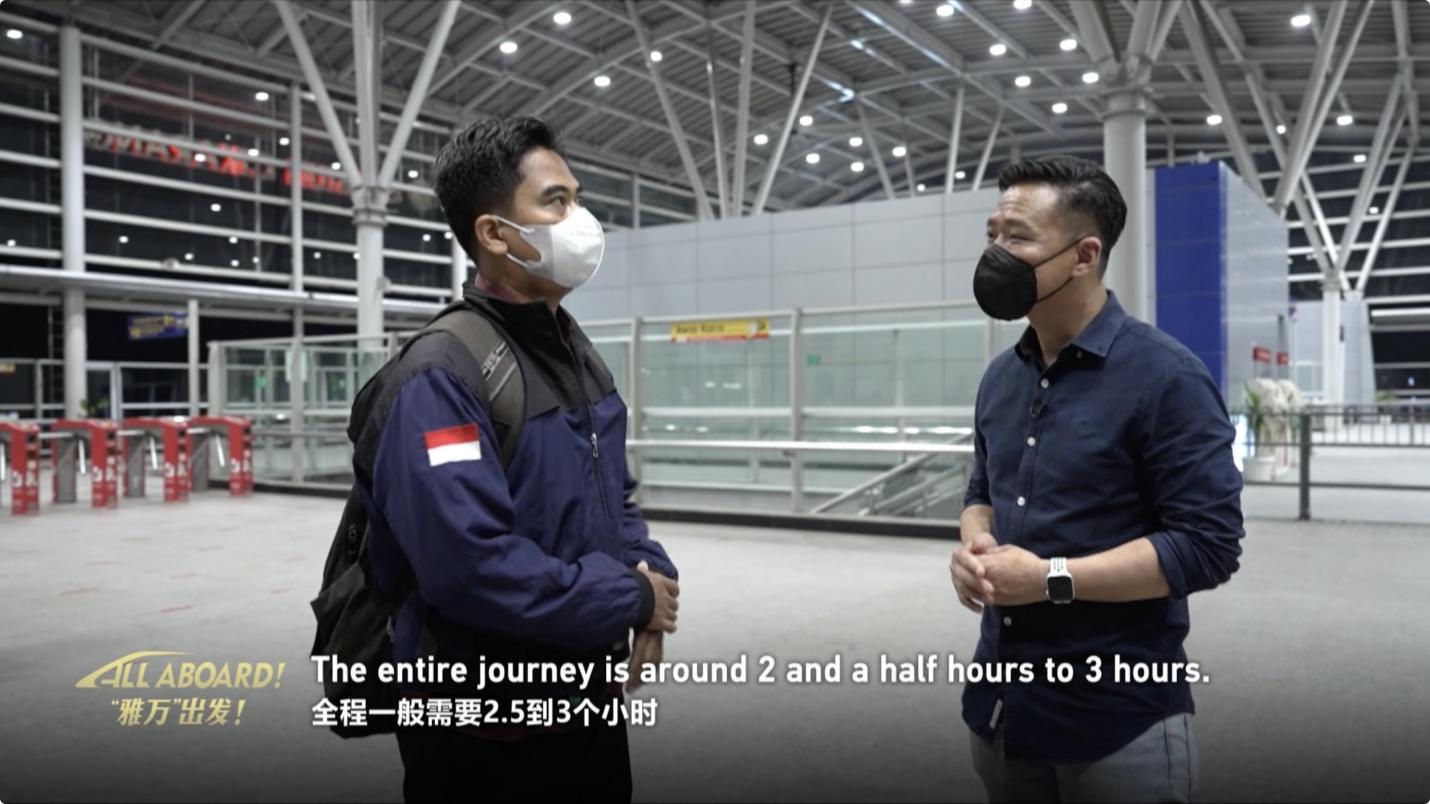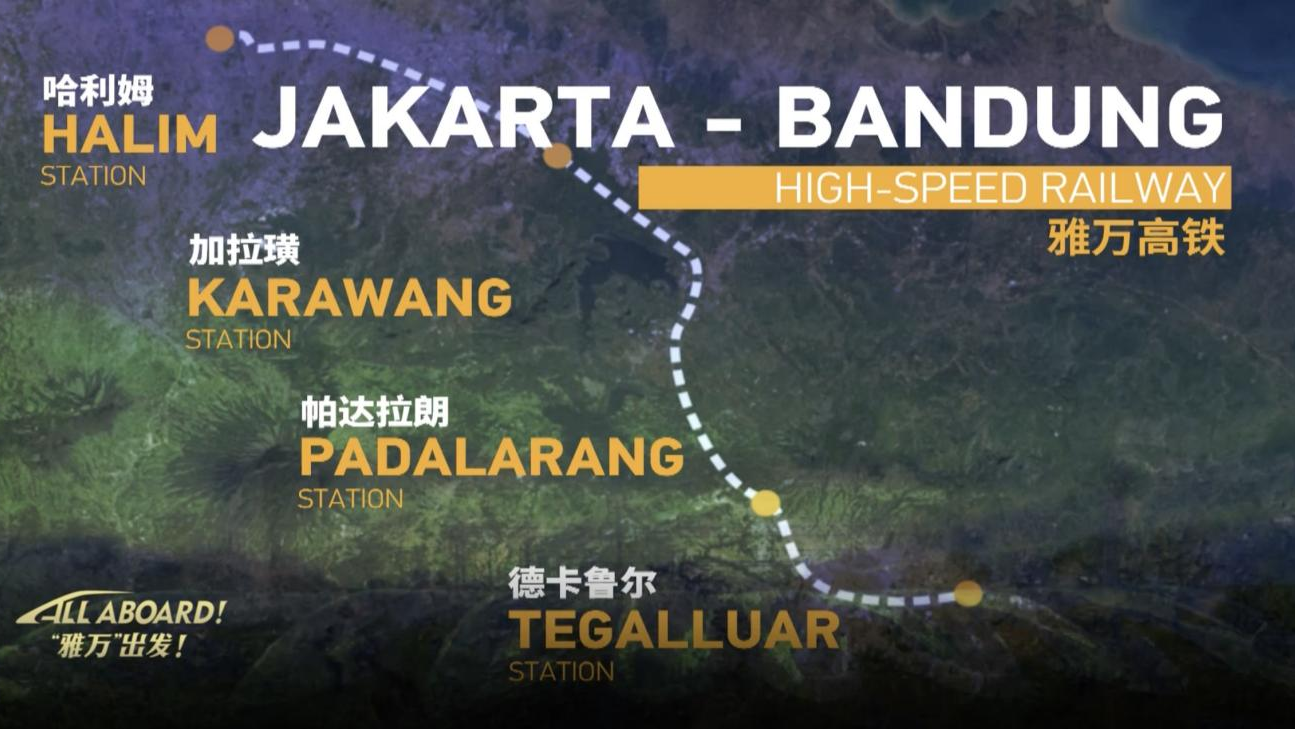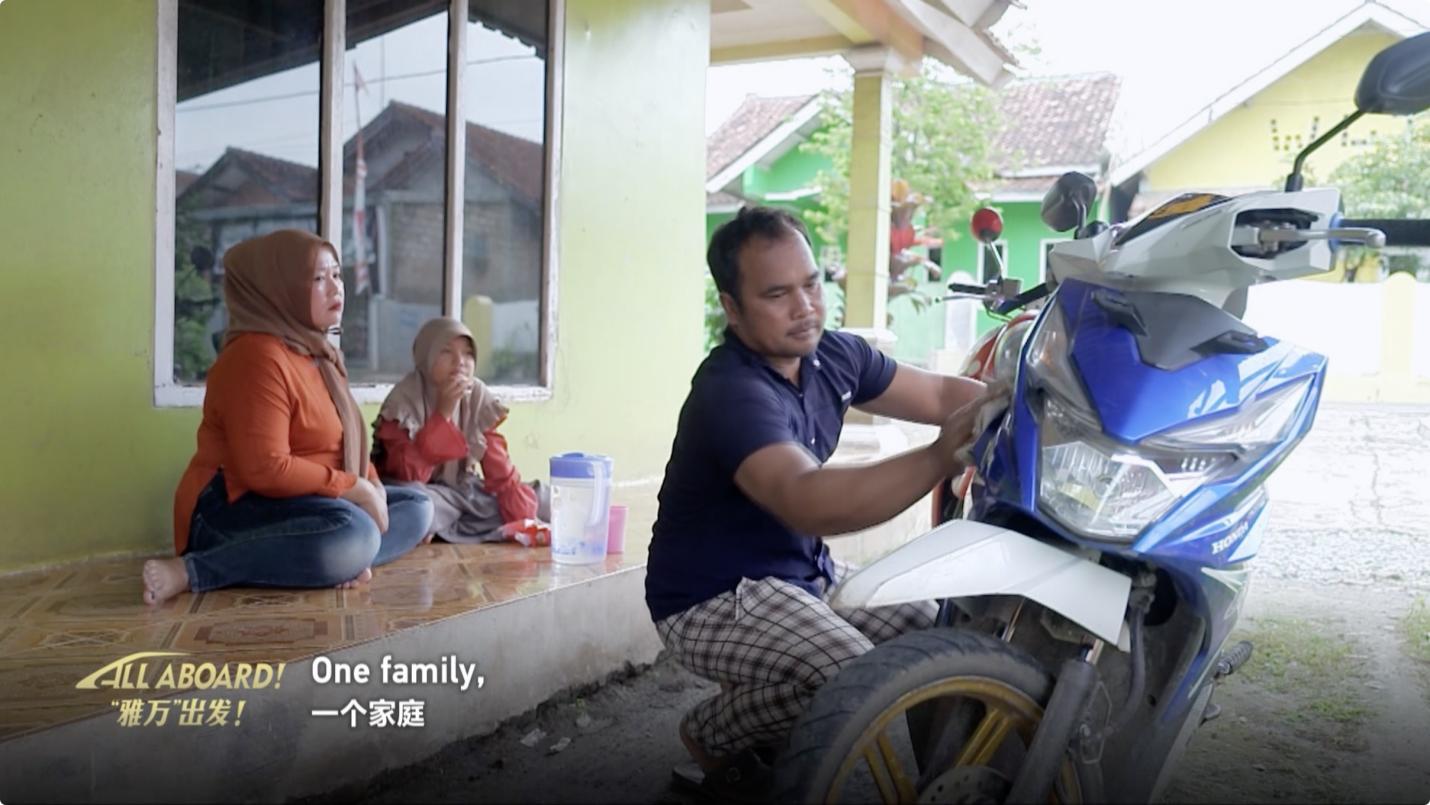Getting into Jakarta, there is a sense that Indonesia's infrastructure is modernizing at breakneck speed. The airport is enormous, with architecture and facilities at par with the world's best. We arrived well past midnight; Grab taxis, the equivalent of Uber and Lyft in Southeast Asia, were readily available, but on regular hours, there is a metro station where you can conveniently take a train all the way to the city.
Jakarta's roads are still choked; a novelist famously wrote that people in the Indonesian capital spend 10 years of their life in traffic. But there are ultimately more options now for commuters – there is a functioning bus rapid transit system, a new subway line, and taxis and motorbikes for rent at your fingertips.

But Indonesia is huge – the world's largest archipelago, in fact. And moving between cities and towns can be very time-consuming. Bandung, one of Indonesia's major cities, is only 150 kilometers from Jakarta, but the drive is currently at an average of three hours even with a freeway connecting the two cities.
Muhammad Kadapi lives in Karawang, which is somewhere between Bandung and Jakarta. He wakes up at 3 in the morning every day so he can catch the 4:13 a.m. train to Jakarta, where he works as a television producer. It's the only way he can make it to the office on time because he says traffic is more unpredictable than public transport.

Soon, however, a high-speed train is going to cut the hours-long travel between Bandung and Jakarta to only 40 minutes. And there is going to be a station right at Karawang.
The China-funded, China-assisted high-speed railway is due to open in 2023, and CGTN got rare access to several construction sites. A five-kilometer-long tunnel, a 180-meter-long bridge, a mixed-use train station – all built using Chinese technology and Indonesian hands. It is part of China's Belt and Road Initiative, and for Indonesia, the beginning of a more extensive network of transportation that would span the country.
Many ordinary Indonesians do question the need for such an expensive project, especially given its short 142-kilometer distance. But government officials say what we have seen is just the first phase of the project; the plan is to extend the line all the way to the other end of the main island of Java, Surabaya – a 900-kilometer stretch.

"We think big, we start small, but we focus. This is the philosophy of the project," Budi Karya, the country's minister of transportation, told CGTN.
More importantly, the governor of West Java, Ridwan Kamil, says, it will serve as an engine for economic growth.
"It's not just a means of transportation, of transporting people and goods, but also a means to create a series of new town developments," Kamil told CGTN.
"We know there is no quick return in terms of this investment, but this is our vision for the long-term."
Thousands of Indonesians are already benefiting from employment generated by the project. Income had been unstable for Topik Hidayat, who for years worked as a truck driver. He is by no measure wealthy now, but after getting a job as a construction worker for a contractor of the high-speed rail, he can afford a few more things.
"I'm happy that my father is making more. He buys me clothes, food, and shoes," his daughter, Bintang, said.

To be sure, there have been problems and there are ongoing issues no different from any development project, but proponents hope that small wins along the way are already making the people of Indonesia see the light at the end of the tunnel.
Come aboard with us on November 16, at 10:30 a.m. on Southeast Asia's first high-speed railway.